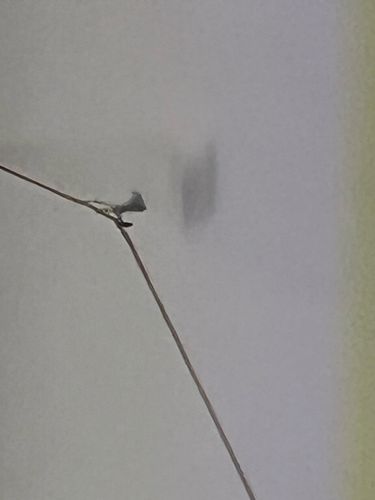Case-bearing Clothes Moth Larva
Scientific Name: Tinea pellionella
Order & Family: Lepidoptera, Tineidae
Size: Larvae can reach up to 10-12 mm in length, and the case they construct is typically 6-10 mm long.

Natural Habitat
Indoors, particularly in dark, undisturbed areas such as closets, attics, and storage spaces, feeding on natural fibers.
Diet & Feeding
Keratin-containing materials, including wool, silk, fur, feathers, felt, and other animal products. They also feed on lint, dust, and synthetic fibers blended with natural ones.
Behavior Patterns
The larva constructs a portable silken case, often camouflaged with bits of the material it is feeding on, within which it lives and feeds. It can withdraw completely into the case if disturbed. They are slow-moving and prefer dark environments. The adult moths are poor fliers and tend to scurry or hop.
Risks & Benefits
Potential risks include significant damage to textiles, clothing, carpets, and other household items made of natural fibers. There are no known benefits to humans.
Identified on: 10/29/2025